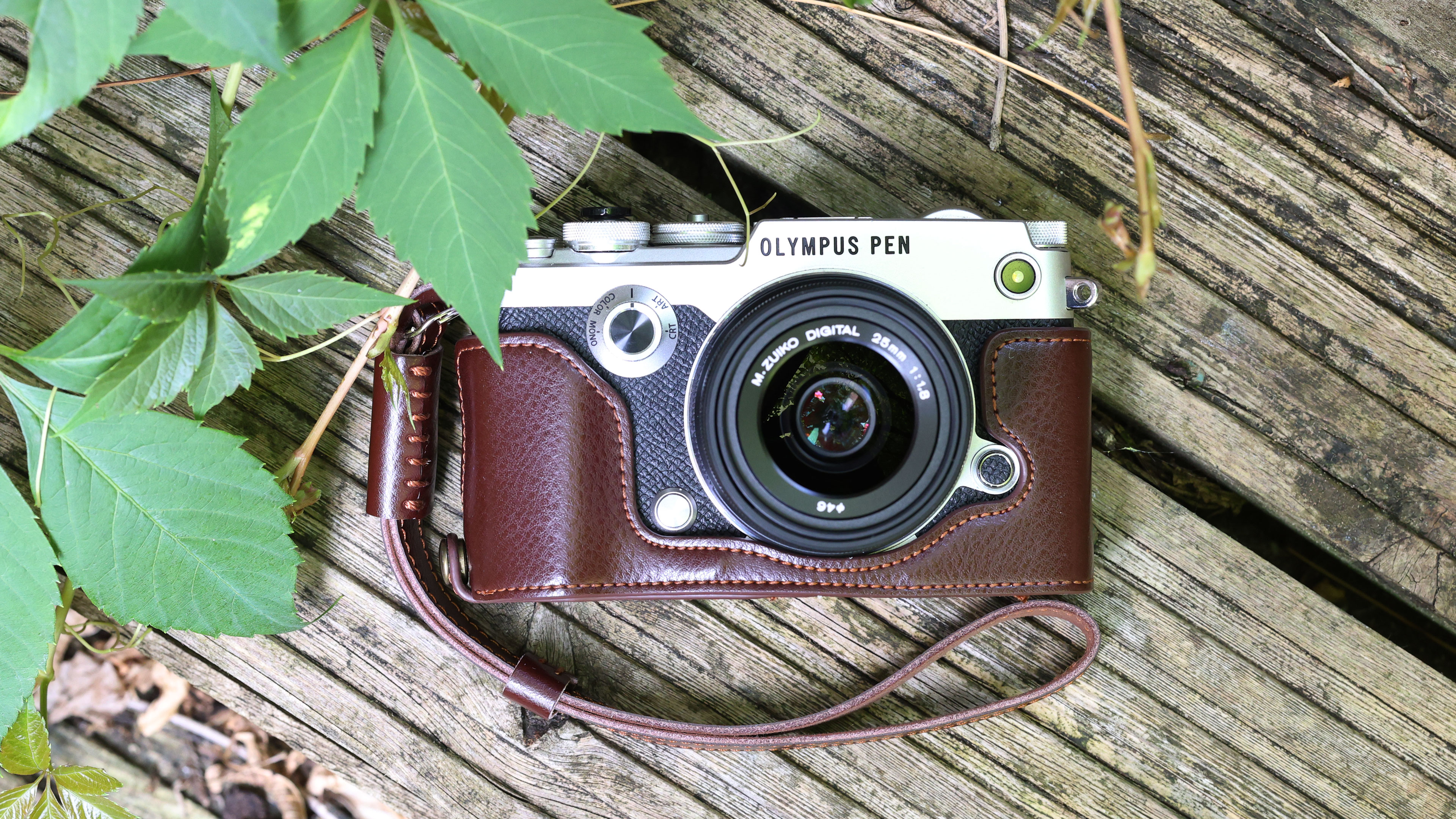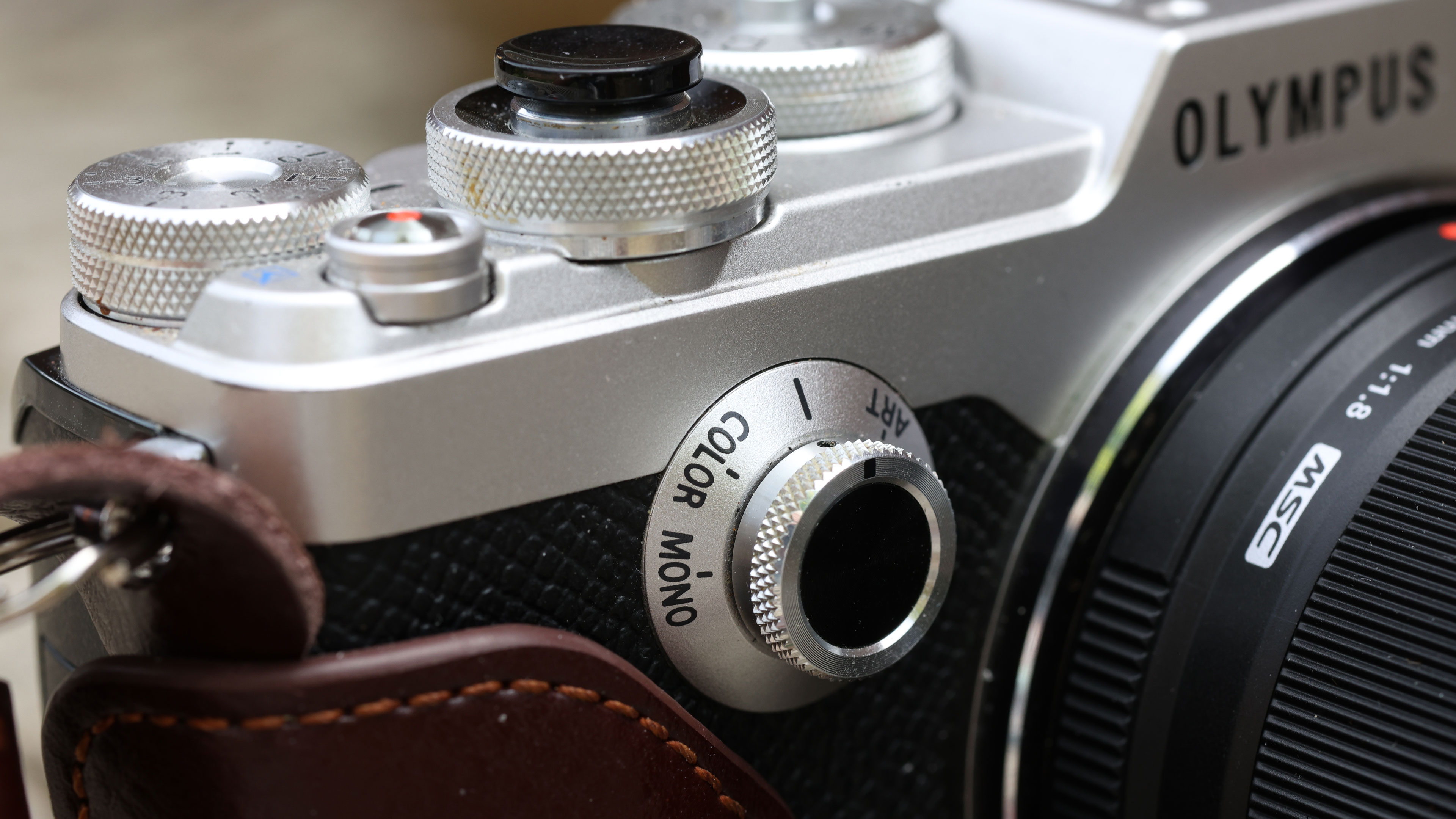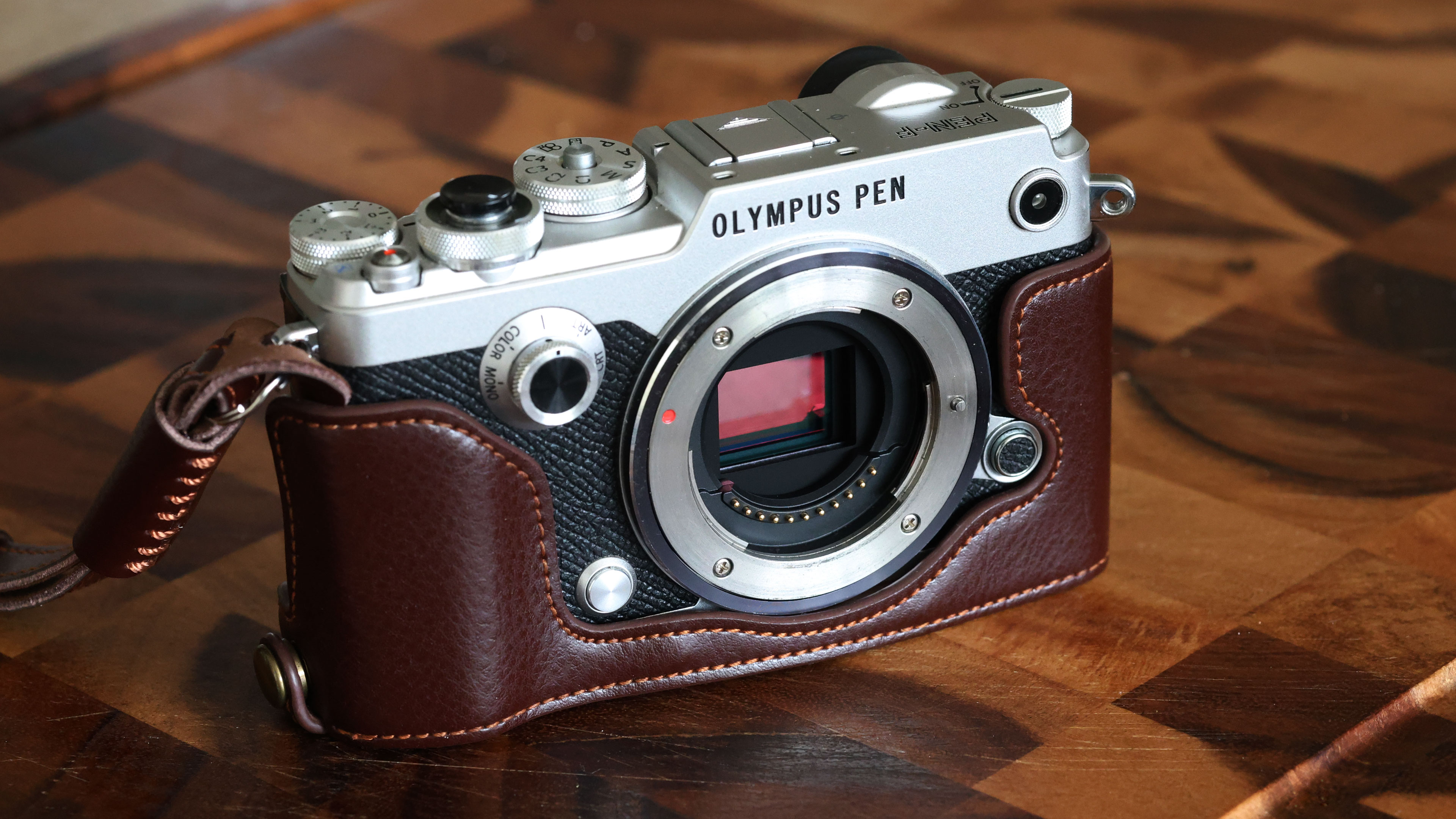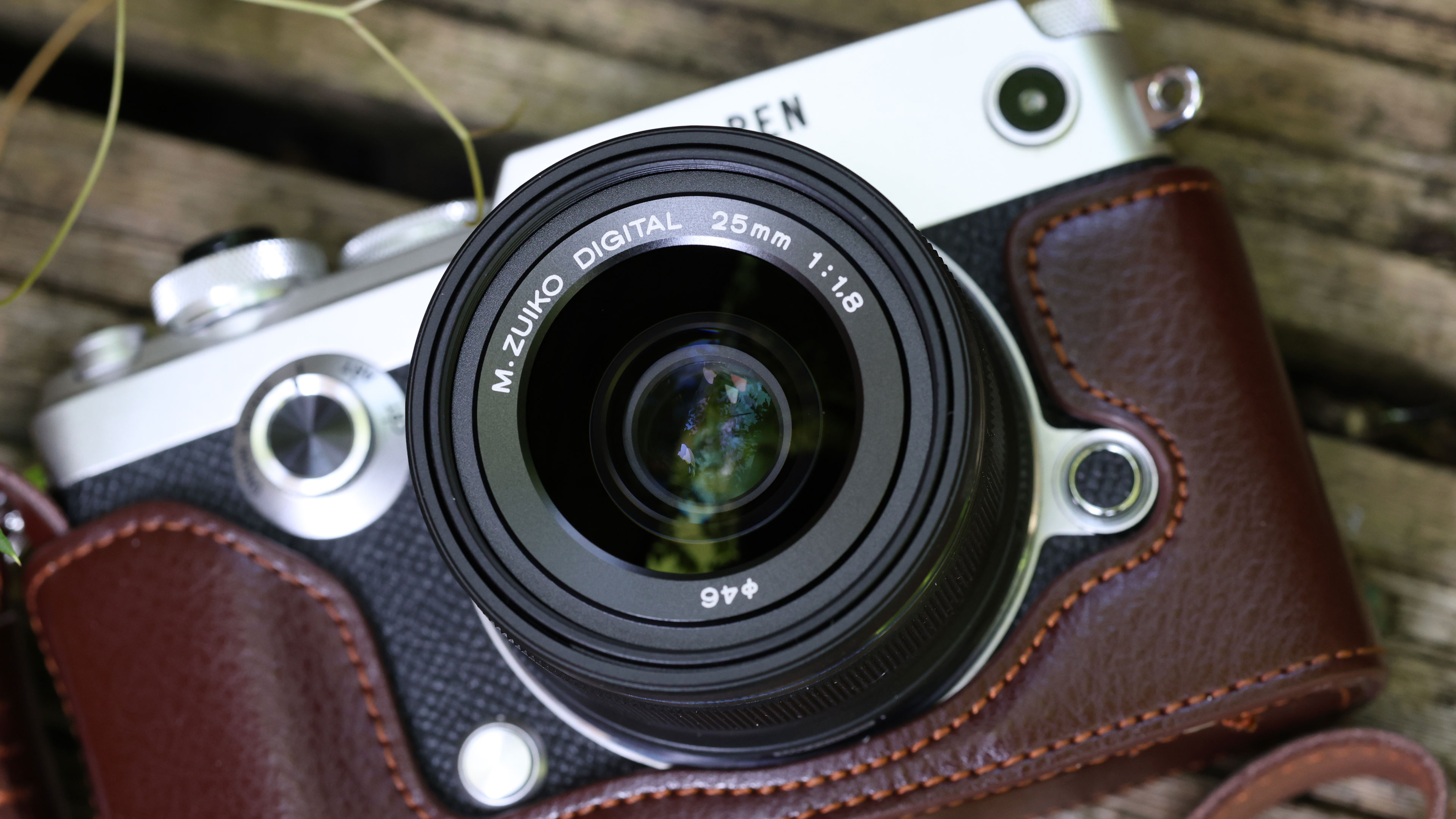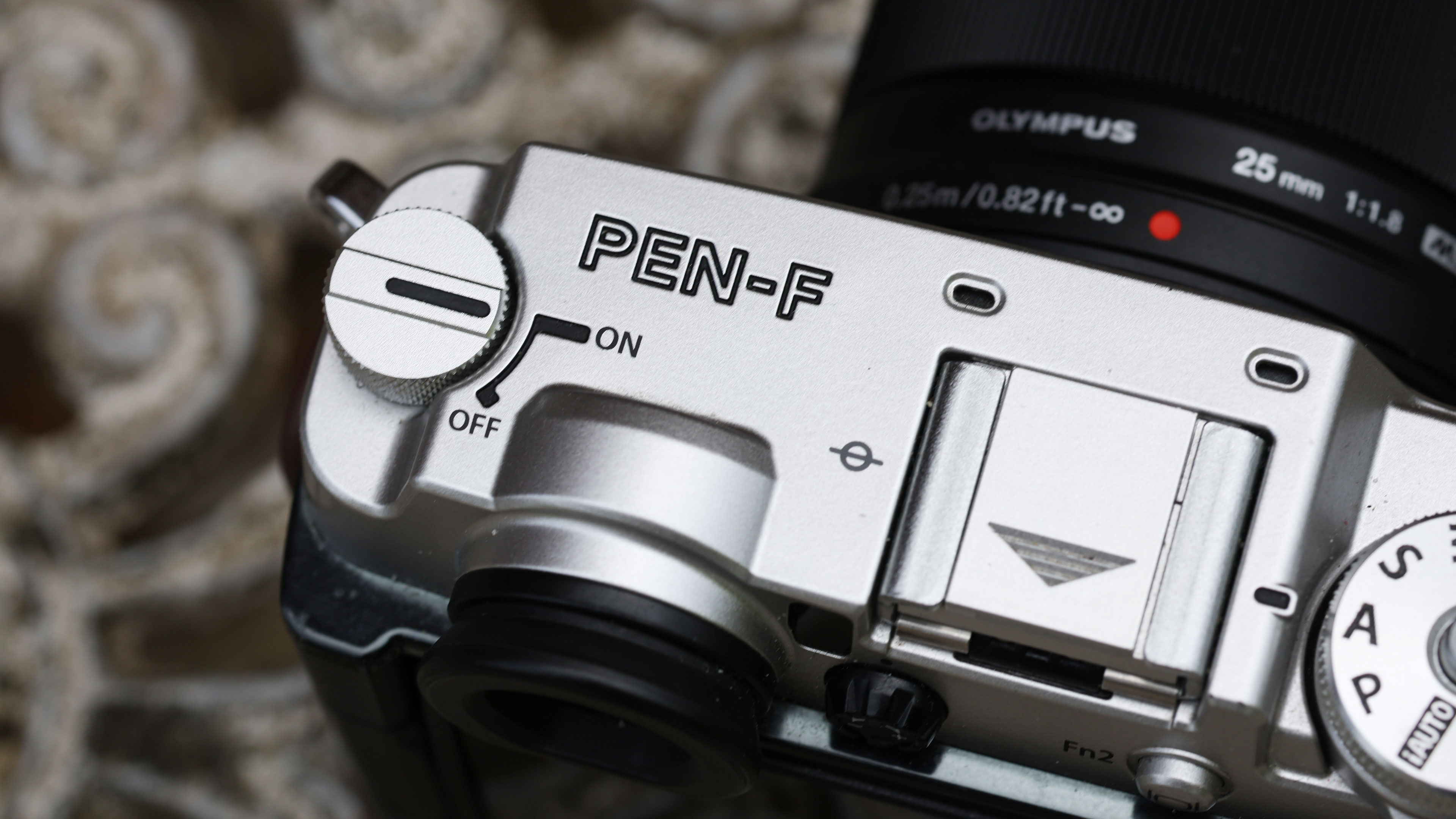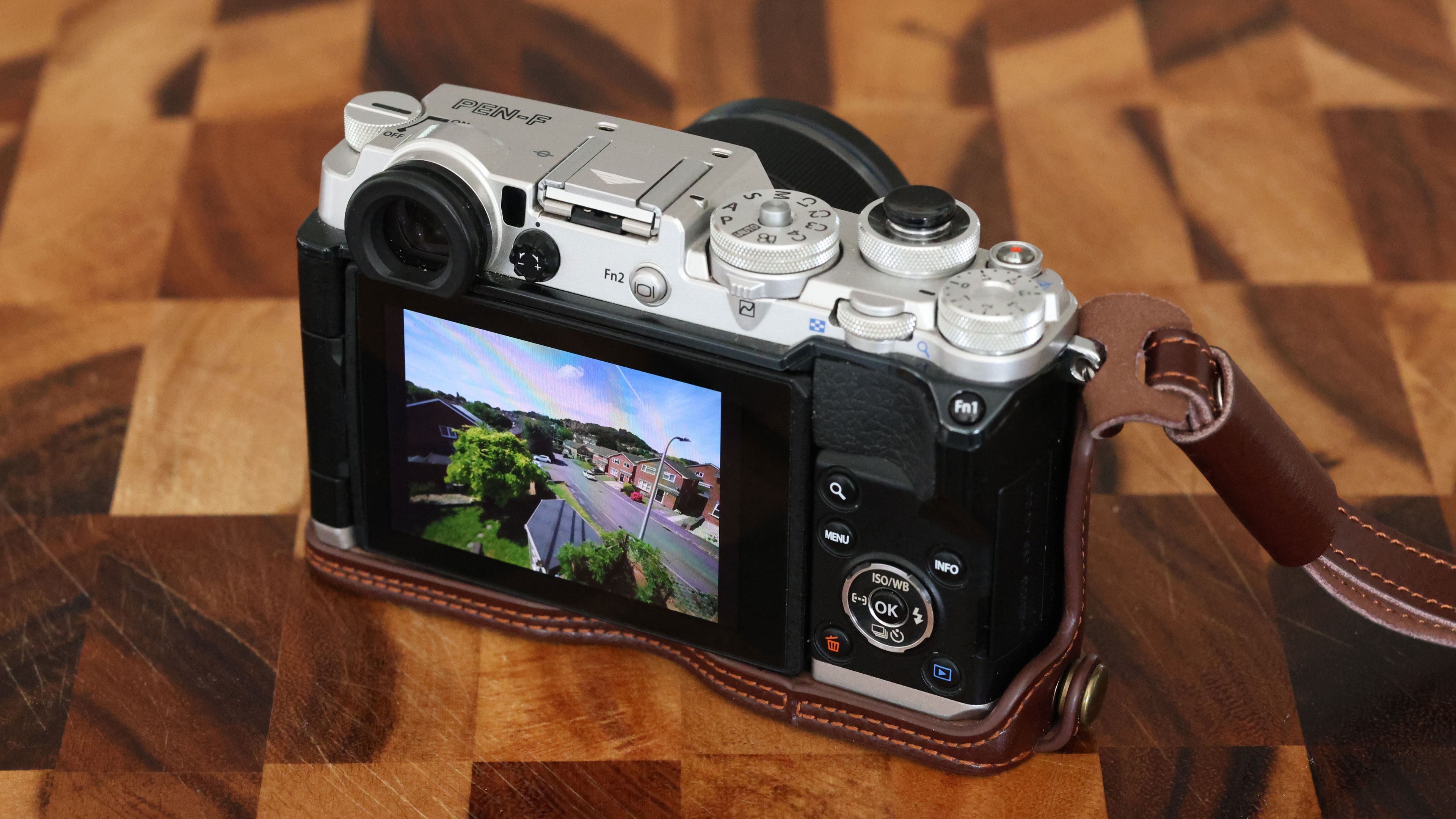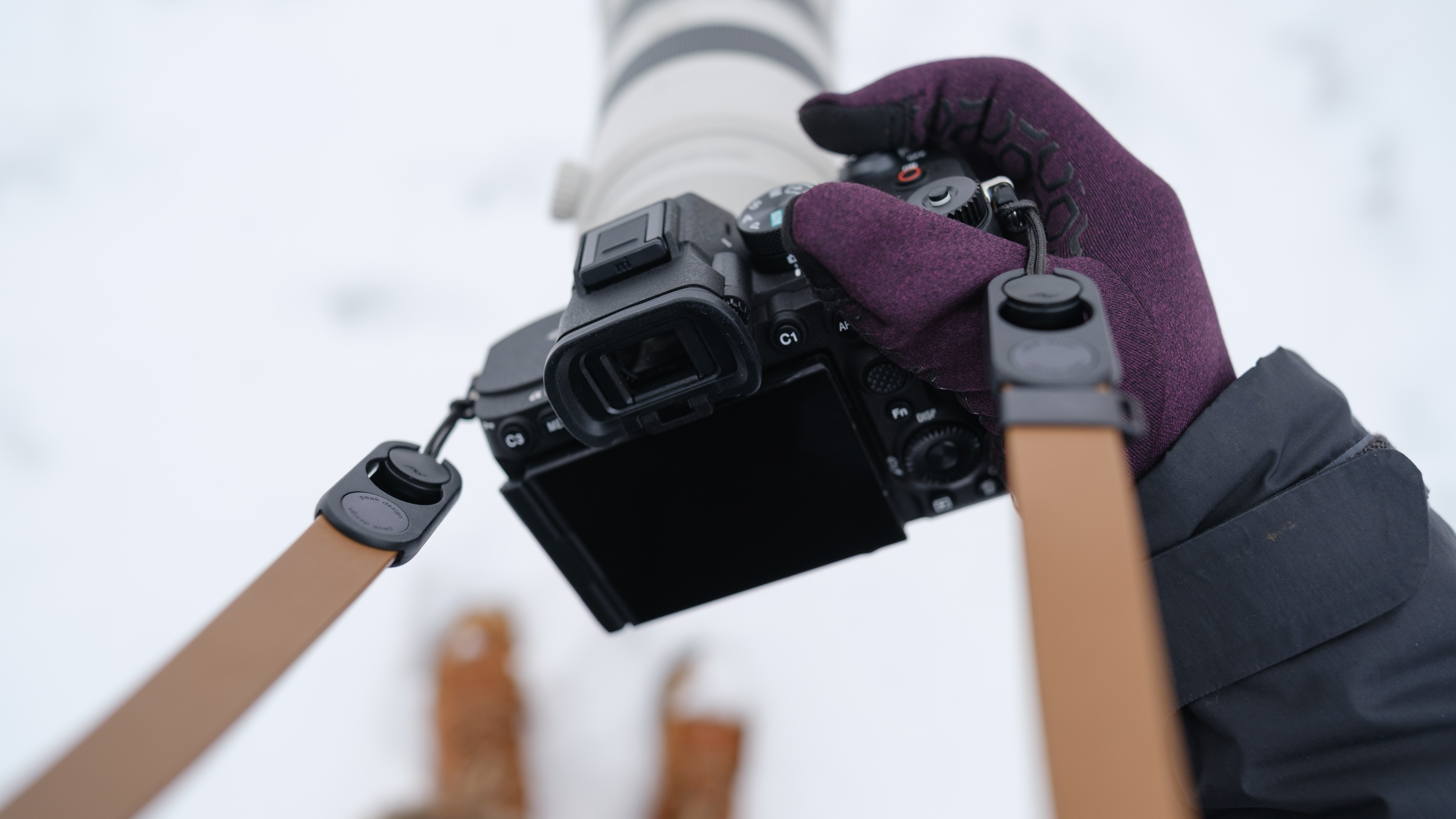I can't believe Olympus walked away from this camera – if only we had it now
I FINALLY found a good used Olympus PEN-F – and it's even better than I remember
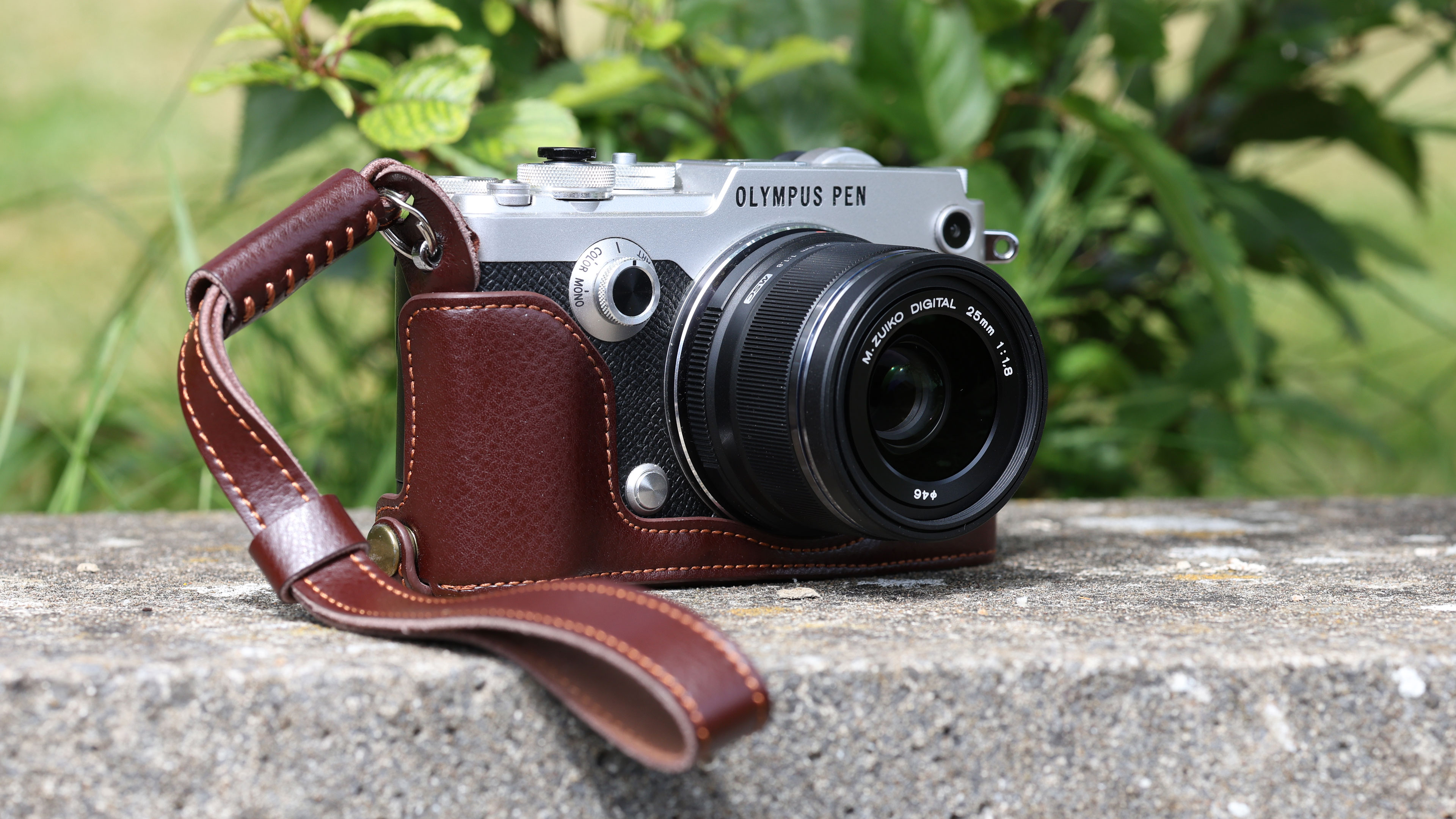
I had to get it shipped by a friend in the US, pay some stiff UK import duty and endure the Kafka-esque communications and radio silences of an international shipping company I won't name... but it was all worth it.
So what is the best retro camera on the market today? The Fujifilm X100 VI? The Leica Q3? The Nikon Zf? They’re all very worthy contenders, but there used to be another camera that oozed style, build quality, engineering finesse and some brilliant lenses. Yes, the Olympus PEN-F.
If you look at the specs you’ll probably wonder what the fuss is about. It’s only when you handle the PEN-F and use it that you realize what Olympus did. When it’s in your hands it does genuinely feel like a premium-quality, precision-made, metal-built camera from the days of film cameras. If it was still being made today it would undoubtedly be one of the best OM System cameras of all.
Now I know a lot of photographers are completely unimpressed by retro styling and these nods to photographic history. I get that completely. There’s a part of me that is still deeply suspicious of the whole retro ‘revival’. But there’s another part of me that loves the way the best cameras feel in your hand, the precision and arrangement of the controls, how the dials turn, and even how the shutter sounds. That’s where the PEN-F wins for me.
Why now? Why didn’t I buy one new?
A good used Olympus PEN-F is hard to find. They do come up now and again on MPB, but very often they are in ‘good’ condition rather than ‘excellent’, sport plenty of scuffs and dings and still cost nigh-on £1000 / $1,000 – which is around what they cost brand new in 2016.
So why didn’t I buy one in 2016? A combination of caution and idiocy, I think. They looked expensive at the time and there were cheaper and more practical MFT cameras in the range. Everyone was suspicious of a ‘luxury’ MFT camera. Oh boy.
But fast-forward to 2024, and we’ve got a camera market obsessed with retro cameras, whether they are new ‘retro’ cameras like the Fujifilm X100 VI or actually old digital cameras. I also have the original Fujifilm X-T1 alongside an X-T5, and I’m impressed by how well the older camera still works and handles.
The best camera deals, reviews, product advice, and unmissable photography news, direct to your inbox!
Very often, we don’t realize how good a camera was until we see it in context some years later.
But it’s only Micro Four Thirds
Well, I’ve always been a Micro Four Thirds fan. I also shoot APS-C, full frame and from time to time medium format, so I’m no MFT zealot. I know these cameras’ weaknesses and I also know what they’re good for.
Most people would rather have a bigger sensor, but then the MFT format has spawned some terrific little primes and constant-aperture zooms with a level of edge to edge sharpness that is hard to find in larger formats. Consistent, affordable and practical lenses like these can go a long way towards offsetting the smaller format. I wish I could get lenses of the same quality and consistency for Fujifilm X-mount.
Are MFT sensors worse at high ISOs? Yes, somewhat, but against that the PEN-F does have Olympus’s legendary IBIS (it’s much easier to stabilize a small sensor than a big one) and you can always fall back on AI noise reduction tools if you do have to shoot a lot at ISO 6400 or higher. If high ISOs are your thing, though, then this isn’t really the camera for you, and full frame might be better.
Let’s not pretend the PEN-F has quite the same image quality potential as APS-C. Oh, there’s no 4K video, so don’t get this camera for vlogging, even though it has a flip-out vari-angle screen. But then let’s not ignore its many qualities either, including the handling, the lenses and the IBIS
Besides, we are perhaps living in a post-resolution age, when all our images are viewed on-screen and rarely printed, and 20MP is maybe more than enough, when back in 2016 we weren’t quite so sure it would be.
Do camera makers give up too soon?
So why this swooning poem of praise for the Olympus PEN-F? Because for all the new cameras that are released on to the market, we’re also losing older cameras that didn’t just capture digital images perfectly well but were wonderful physical objects in themselves.
I think Olympus was a victim of timing with the PEN-F and indeed the whole PEN range. It anticipated a demand that didn’t actually arrive until several years later, by which time the company had given up and walked away.
So here’s my advice. If there’s a camera you once loved, or once desired – and it doesn’t have to be the PEN-F – then don’t delay. Find a good one and get it, before it’s too late.
Check out the best Micro Four Thirds lenses

Rod is an independent photography journalist and editor, and a long-standing Digital Camera World contributor, having previously worked as DCW's Group Reviews editor. Before that he has been technique editor on N-Photo, Head of Testing for the photography division and Camera Channel editor on TechRadar, as well as contributing to many other publications. He has been writing about photography technique, photo editing and digital cameras since they first appeared, and before that began his career writing about film photography. He has used and reviewed practically every interchangeable lens camera launched in the past 20 years, from entry-level DSLRs to medium format cameras, together with lenses, tripods, gimbals, light meters, camera bags and more. Rod has his own camera gear blog at fotovolo.com but also writes about photo-editing applications and techniques at lifeafterphotoshop.com
